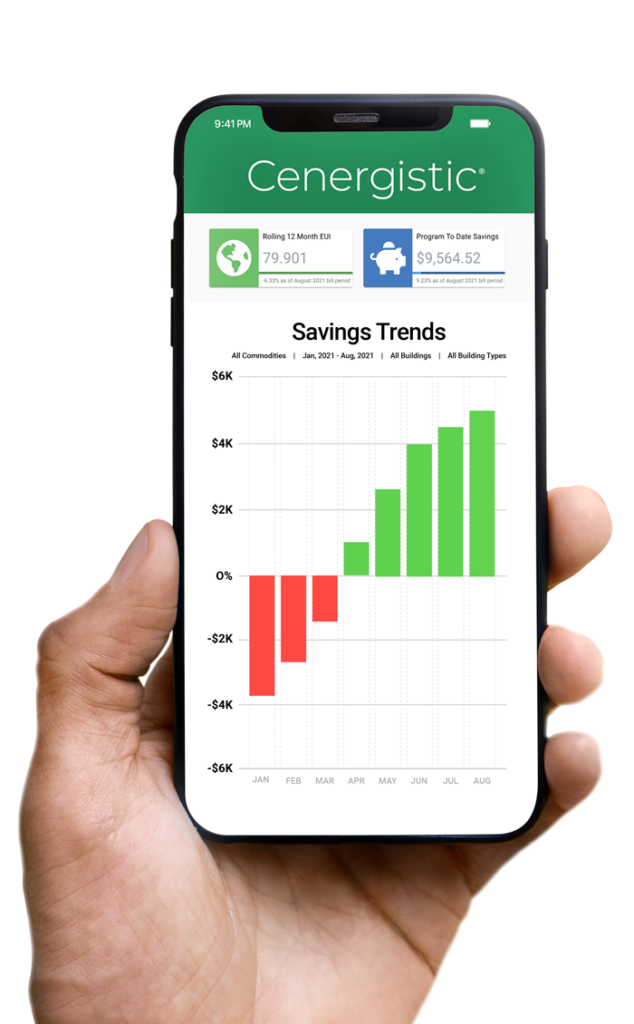Sustainability, energy conservation and why these concepts are so important
To explain the importance, we must first understand what sustainability and energy conservation are. Sustainability is maintaining a healthy relationship with ourselves and nature, in a way that serves the energy needs of the present without compromising the energy needs of the future. Energy conservation is simply conserving, or saving, energy.
The amount of energy Americans use doubles almost every 20 years and is projected to continue doing so for the foreseeable future. Where will all this energy come from? Since many natural resources in which we obtain energy (water, oil, natural gas) are nonrenewable, we have only a limited amount of them, making conservation a necessity so that our energy resources can then become sustainable. (We can look at other sustainable sources of energy, such as wind, solar, geothermal, et al, but that’s for another blog post.) Also, by conserving energy, we create less pollution, which includes the release of harmful chemicals or gases into rivers, oceans, the atmosphere, thus harming animals, increasing global warming and even making us sick as a result.
Teaching them young and practicing what we preach
Teaching kids their responsibility to the Earth and all of nature at a young age plants the seeds of sustainability and energy conservation. Everyone’s heard the phrase “actions speak louder than wordsâ€. So while it’s great to speak about sustainability and energy conservation, it’s much more effective to demonstrate to children these practices. It can be as simple as turning off the lights when you leave the room, reducing paper use or actively recycling. Since children grades K-12 spend the overwhelming majority of their wake time in school, it’s the perfect time and place to practice sustainability and energy conservation. Pretend it’s Earth Day, every day. Showing kids how to use their resources wisely will in turn create good habits.
Lasting lessons create lasting leaders
We know practicing creates habits. And we know with children, particularly, it’s a very “monkey-see-monkey-do†way of life. Kids most often rely on their peers for guidance – from the coolest shoes to the coolest band – and this includes healthy, earth-conscious habits. It’s in this nature where we find that in teaching our children the important practices of sustainability and energy conservation, there’s no choice but for those practices to trickle down into their friends’ and even family’s lives, making widespread change and impressions. To instill these habits at a young age sets them up to be lasting leaders in their communities, educating others through either acting out sustainability and energy conservation or speaking on its importance. And ideally, to teach to their generations that follow, so energy is sustainable for centuries to come.
Implementing sustainability and energy conservation on larger scales
Thanks to recent awareness of the importance of these topics, there is now software and technology that allows schools (the very place our young, impressionable students spend most of their time) to become more energy efficient. But, with companies like Cenergistic, who rather focus on energy conservation by providing proprietary energy conservation programs & energy action plans by teams of highly skilled engineers, schools can see tangible, lasting, energy-saving results. And when they share these results with their students, it educates them further with real life examples of conservation in action.
So, when it comes to sustainability and energy conservation, teach them young, and they may practice it for a lifetime.

CONTACT US
Cenergistic®
Send us your email to learn more about the Cenergistic energy conservation solution. One of our team members will contact you and start you on your journey.